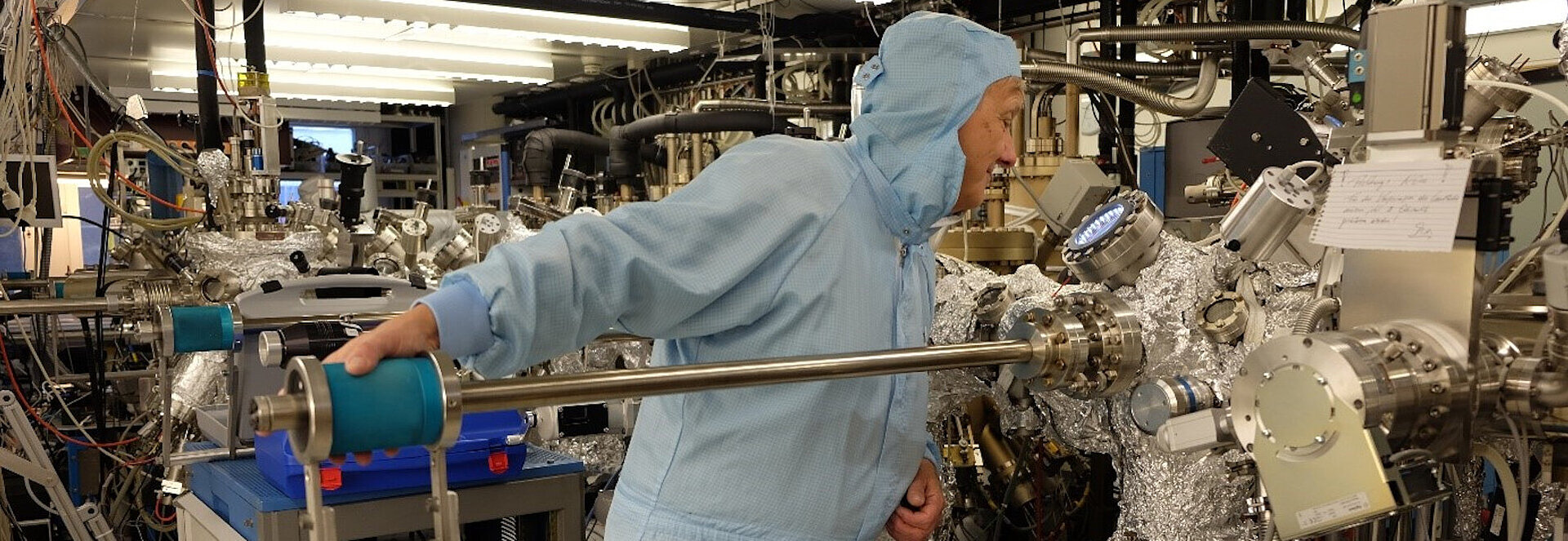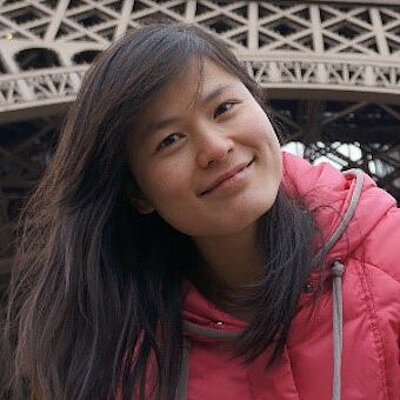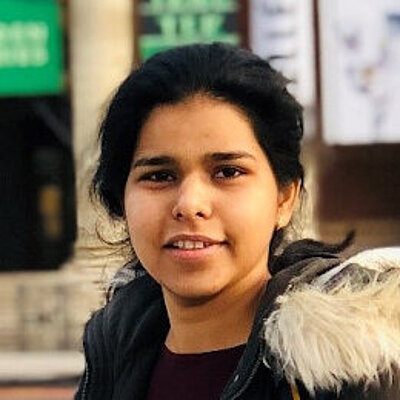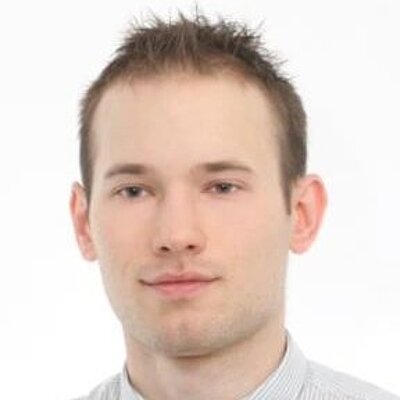The Institute for Topological Insulators
“In 2006, we made an observation in the laboratory and realized that it was something big,” says Professor Laurens W. Molenkamp, who heads the Chair of Experimental Physics III at the University of Würzburg. Molenkamp went on to establish the existence of topological insulators in 2007.
Topological insulators are a new class of materials with unique electrical properties. These materials conduct electrons only on the surface—otherwise, they behave like conventional insulators. The electronic surface states additionally exhibit persistent spin polarization (magnetization) depending on the direction of motion, offering great potential to implement novel electronic components, both in the field of spintronics and for building quantum computers.
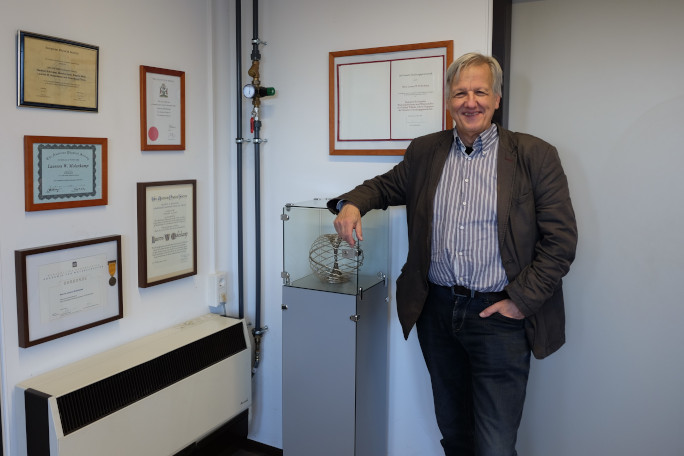
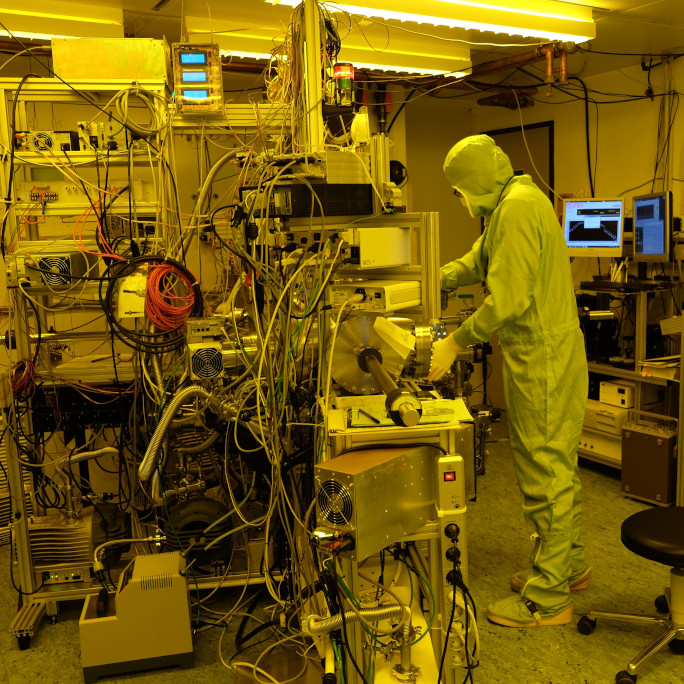
New Materials with Enormous Potential
“Topological materials exhibit completely novel physical phenomena. Our new laboratory will enable us to produce top-quality materials, characterize their surfaces, and measure their properties. We will be able to conduct entirely new experiments and make exciting discoveries,” says Molenkamp.
Research in topological insulators has become one of the most active fields in material physics over the past few years. This technology offers enormous potential for information and communication applications, and the development of today’s information society in general. As a result, many leading research groups worldwide—and even companies such as Microsoft—are focused on developing electronic devices based on topological insulators.
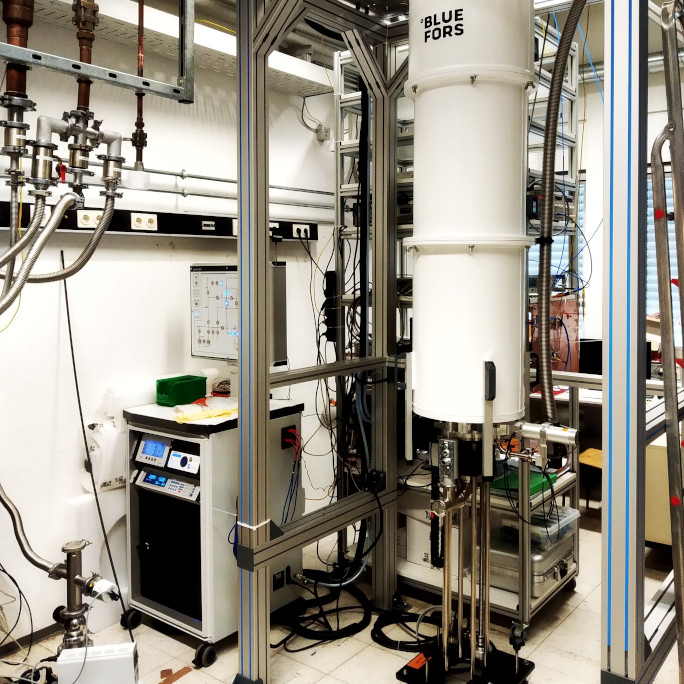
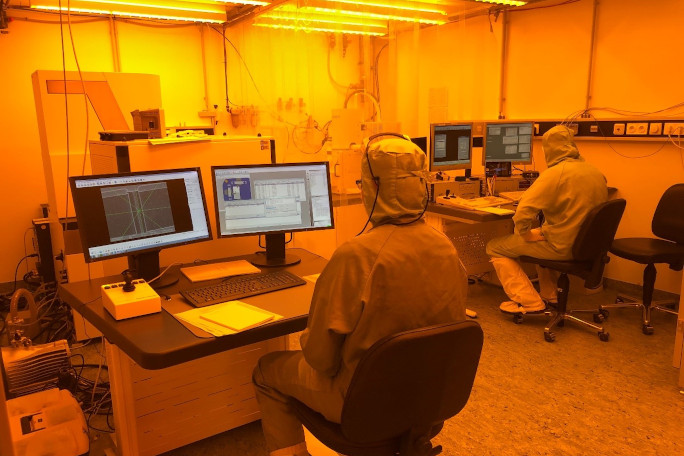
“The University of Würzburg has been home to several major discoveries in the past, such as X-rays to name just one. I am convinced that topological insulators have the potential to achieve a similar level of impact,” says Alfred Forchel, president of the University of Würzburg.
The Institute for Topological Insulators: A Cornerstone of New Research
This is where the concept for an Institute for Topological Insulators (ITI) comes in. A new research institute equipped with cutting-edge, globally unique technology will set the scene for the current pioneering efforts of Molenkamp’s research group in this field. Moreover, top-notch research groups will be established at the ITI to further the University of Würzburg’s competitiveness in the international arena.
We will be able to conduct entirely new experiments and make exciting discoveries.Prof. Laurens W. Molenkamp, Head of the ITI, University of Würzburg
The institute will merge research in material growth, characterization, and lithography under one roof, which will facilitate the development of future components. By connecting fabrication tools through an ultra-high vacuum transfer system, scientists will be able to produce topological insulator devices of a purity that has never before been achieved—from material epitaxy all the way through to the finished component. This is a decisive innovative advantage, especially given how sensitive functional surfaces can be.
High-Tech Materials and Infrastructure
The research group currently has several molecular beam epitaxy chambers in a connected vacuum cluster at its disposal for creating topological insulator materials. Characterization equipment and state-of-the-art lithography systems are also available, further contributing to the success and progress of the research activities. For the first time, the ITI will now bundle all units through an extended ultra-high vacuum transfer system, which will further improve sample quality and device performance.
An Ideal Playground for PhDs and Postdocs
The ITI offers young researchers and postdocs the opportunity to work in a highly relevant field of semiconductor condensed matter physics and to gain experience with a wide range of techniques for material fabrication, characterization, and component development.
With the establishment of ITI and the funding that came with it, the research group has increased to about 80 members, including four professors, 14 postdocs, and some 30 doctoral candidates. It is also home to a cohort of master’s and bachelor’s students, as well as international project students.
International Cooperation with Strategic Partners
The international working group is currently comprised of 12 nationalities, with people from Europe, Asia, North and South America, and Africa. Moreover, the ITI collaborates closely with renowned universities and research institutes in the USA, Japan, France, Italy, Israel, China and Taiwan.
More about the University of Würzburg



